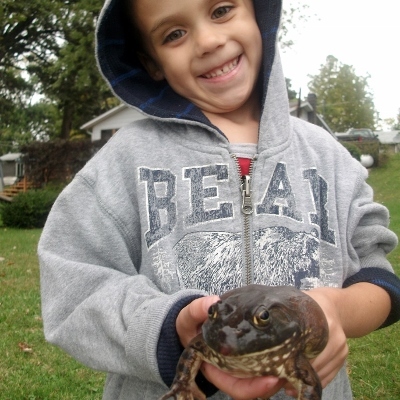
Toddlers of all personality types, from outgoing to reserved, thrive on routine. A stable daily routine helps eliminate constant anxiety from expecting the unexpected. Toddlers are taking in new information a mile a minute, so it is important to keep some areas of life stable and calm. You do not have to create a rigid routine to have success with this tactic either. Simply creating a loose daily schedule gives toddlers anchor points to rely on throughout the day. Here are five tips for creating a successful daily schedule.
Work Around Mealtimes
The most important parts of the day for toddlers are mealtimes. When toddlers start to feel hungry, they may not voice that concern as such. Instead, meltdowns may be the main form of communication used to share that point. Set mealtimes around the same hour each day to allow for some wiggle room. You want your schedule to have a little bit of fluidity for unexpected events, like diaper blowouts or visitor interruptions.
Establish Weekly Outings
Work weekly outings into your routine to give kids a little dose of excitement without the stress of having the event sprung on them. Choose the same time and day each week to go on your outings. Vary the venues you visit, though, to help your toddler learn to embrace a small amount of change. You can visit the zoo, local gardens, park, children’s museum or even a friend or family member’s home.
Include Free Playtime
Make sure the schedule has a few hours open for free playtime each day. To create an immersive free play experience, have several different art, toy and game options for your child to select. Give your toddler the option to play with each selection for at least thirty minutes before switching. You can play alongside with your toddler or use this time to complete chores around the house.
Don’t Forget Naps
Although many toddlers are starting to rebel against taking naps, it is important to have some rest time built into every day. Naptimes usually work best after meal or snack periods that give your toddler time to wind down and fill up his or her belly. If your toddler does not want to sleep, insist on establishing an hour of lying down and looking through books in bed. Most kids will fall asleep during this calm activity more often than not.
Start Bedtime Routines Early
If toddlers do not like to nap, they enjoy going to bed even less. You can negate this frustration by working a wind down period into the evening hours. After dinnertime, have your toddler complete quiet art activities, puzzles or other calm entertainment. An hour or so before bed, run a quick bath and brush teeth. After that, help your toddler put on pajamas and select two to three books to read. Include your family’s bedtime routine traditions, such as rocking, singing or talking about your day, before saying goodnight and turning out the lights.










